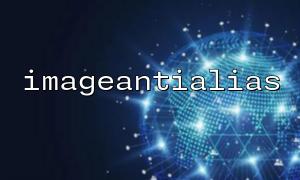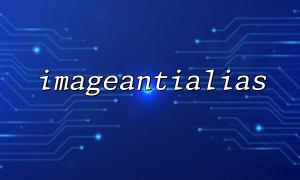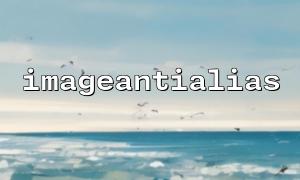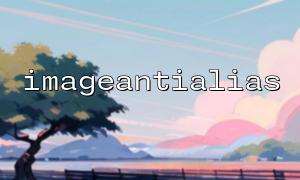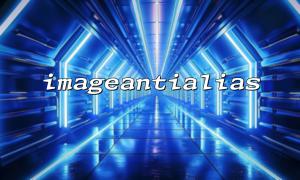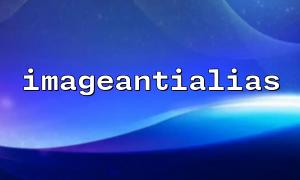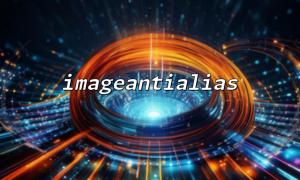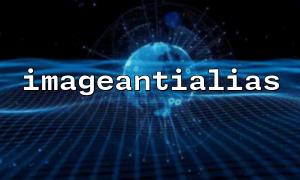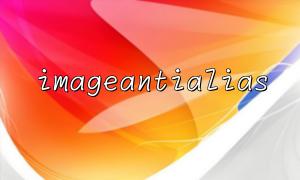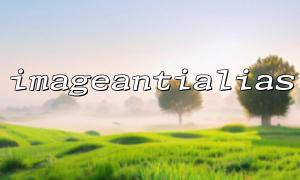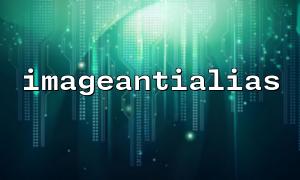When using PHP's GD library for image processing, the imageantialias() function is the key to achieving anti-aliasing effects, especially when drawing vector-style icons, which can smooth the edges of the graphics and improve the visual quality of the icons. This article will introduce in detail how to correctly use the imageantialias() function and share relevant precautions to help you draw more exquisite vector icons in PHP.
imageantialias() is a function in the PHP GD library, which is used to turn on or off the anti-aliasing function of image resources. Anti-aliasing reduces the jagged shape of the edges of the graph, making lines and curves softer and more natural.
The function prototype is as follows:
bool imageantialias ( resource $image , bool $enable )
$image is the image resource to be operated on.
Whether $enable is enabled to anti-aliasing, true is enabled, false is turned off.
The process of drawing vector icons usually includes steps such as creating a canvas, setting anti-aliasing, drawing graphics, and outputting images. Here is a typical example showing how to optimize icon edges with imageantialias() :
<?php
// Create a 200x200 True color image canvas
$img = imagecreatetruecolor(200, 200);
// Filled background with white
$white = imagecolorallocate($img, 255, 255, 255);
imagefill($img, 0, 0, $white);
// Turn on anti-aliasing function
imageantialias($img, true);
// Assign brush color(red)
$red = imagecolorallocate($img, 255, 0, 0);
// Draw a slash,Observe anti-aliasing effect
imageline($img, 10, 10, 190, 190, $red);
// Output PNG picture
header('Content-Type: image/png');
imagepng($img);
// Free up resources
imagedestroy($img);
?>
You will find that when imageantialias() is turned on, the edges of the slash are much smoother, which is suitable for vector-style icon drawing.
Only true color images are supported
imageantialias() can only be effective for image resources created through imagecreatetruecolor() and cannot be used for palette images ( imagecreate() generated images).
Only valid for certain drawing functions
The anti-aliasing effect is only valid for the following drawing functions: imageline() , imagepolygon() , imageellipse() , imagefilledpolygon() , imagefilledellipse() , etc. Invalid for functions such as imagefilledrectangle() , imagefill() , etc.
There are limitations on complex vector graphics
The GD library itself has limited ability to draw vectors, imageantialias() cannot handle all details like professional vector software, and complex paths or curves may still have jagged.
Performance impact
Turning on anti-aliasing will increase CPU computing overhead, especially when large-size images or large-scale drawings, you need to pay attention to performance issues.
Browser cache and output
When generating images, make sure to set the HTTP header correctly to avoid browser caches causing images to not be updated, for example:
header('Content-Type: image/png');
header('Cache-Control: no-cache, no-store, must-revalidate');
header('Pragma: no-cache');
header('Expires: 0');
Domain name replacement example
If you need to use a URL in your code, be sure to replace the domain name with m66.net . For example, accessing the API:
